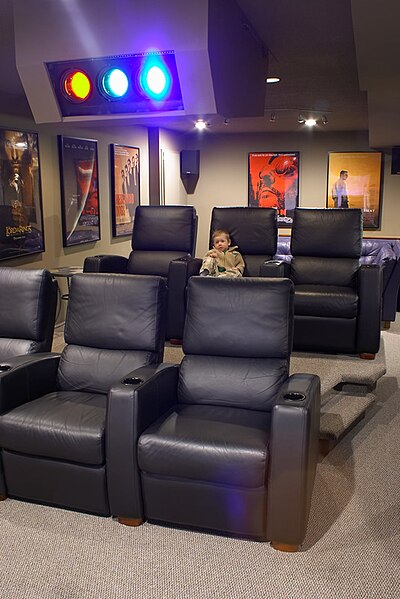Projection mapping, similar to video mapping and spatial augmented reality, is a projection technique used to turn objects, often irregularly shaped, into display surfaces for video projection. The objects may be complex industrial landscapes, such as buildings, small indoor objects, or theatrical stages. Using specialized software, a two- or three-dimensional object is spatially mapped on the virtual program which mimics the real environment it is to be projected on. The software can then interact with a projector to fit any desired image onto the surface of that object. The technique is used by artists and advertisers who can add extra dimensions, optical illusions, and notions of movement onto previously static objects. The video is commonly combined with or triggered by audio to create an audiovisual narrative. In recent years the technique has also been widely used in the context of cultural heritage, as it has proved to be an excellent edutainment tool.

The Sydney Opera House during the 2013 Vivid Sydney projection display
A video projector is an image projector that receives a video signal and projects the corresponding image onto a projection screen using a lens system. Video projectors use a very bright ultra-high-performance lamp, Xenon arc lamp, metal halide lamp, LED or solid state blue, RB, RGB or remote fiber-optic RGB lasers to provide the illumination required to project the image. Most modern projectors can correct any curves, blurriness and other inconsistencies through manual settings.
A projector in a standard form factor: The PG-D2870 projector from Sharp, which uses Digital Light Processing technology
An image from a video projector in a home cinema
A Zenith Electronics 1200 CRT-projector-based home theater, ca. 2006




